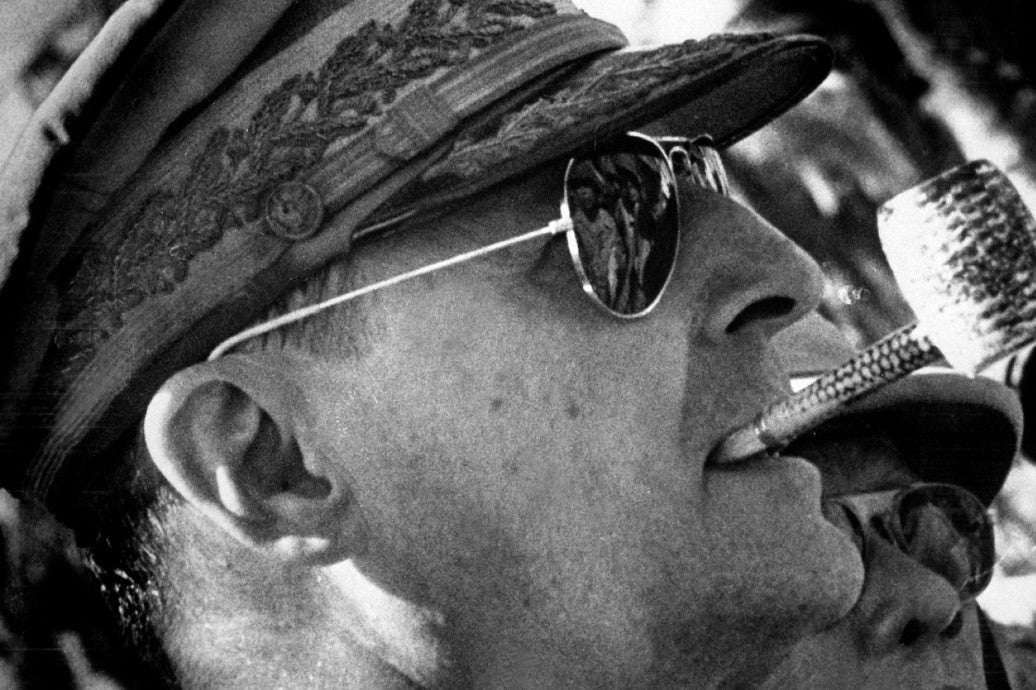When the term "aviator sunglasses" comes up, images of Tom Cruise in Top Gun or Robert Downey Jr. as Iron Man might flash through your mind. While aviators have indeed become a staple for Hollywood's elite, the history of this iconic eyewear style is deeply rooted in military heritage.
The roots of aviator-type safety eyewear can be traced back as far as the Victorian era, initially designed for cyclists. However, it wasn't until 1935 that the U.S. military, specifically the U.S. Army Air Corps, commissioned the American Optical to create the iconic aviator frame known today. In the 1930s, aviators became a luxury for the wealthy, favored by sportsmen, fishermen, and hunters for their protective properties.
The aviator gained widespread recognition during World War II when General Douglas MacArthur landed on a beach in the Philippines, wearing the distinctive frames. Captured on camera and widely distributed by the emerging field of photojournalism, this moment solidified the aviator's place in history. The teardrop shape, plastic nose pads, brow bar, and flexible cable temple were designed for practicality, especially for Air Force pilots who needed to glance down at their instrument panels while in flight.
Bausch & Lomb, a key contractor for the U.S. Army Air Corps, marketed the aviators to civilians under the name Ray-Ban, a term that has since become synonymous with timeless eyewear. Hollywood further popularized aviators, from Marlon Brando's 1951 film "The Wild One" to Tom Cruise's iconic portrayal in "Top Gun" in 1986.
Today, aviators continue to be a fashion statement, donned by public figures and celebrities alike. The classic design, rooted in military history and immortalized in pop culture, makes aviator sunglasses one of the most iconic and enduring styles to date. As we look to the future, there's no doubt that the aviator will continue to influence and shape fashion trends for generations to come.
When it comes to aviator running glasses, Tifosi Optics brings the cool factor to the track or trail with the best womens running sunglasses, Shwae. Picture this: the timeless aviator design meets the latest in running tech – that's what Tifosi's aviator running sunglasses are all about. They're not just paying homage to the classic aviator style; they're taking it up a notch for the modern runner. Plus they have an easy slide nose piece that doesn't pull on hair.
With a teardrop lens, lightweight frames, and all the adjustable bells and whistles, these shades are perfect for us gals hitting the pavement. Tifosi's aviator running glasses aren't just a style statement; they're practically shouting, "Let's crush this run!". Ladies, if you're after the best women's running sunglasses that bring the vibe and the performance, Tifosi Optics has got you covered. Plus Shwae comes in so many amazing colors that will fit your style.





